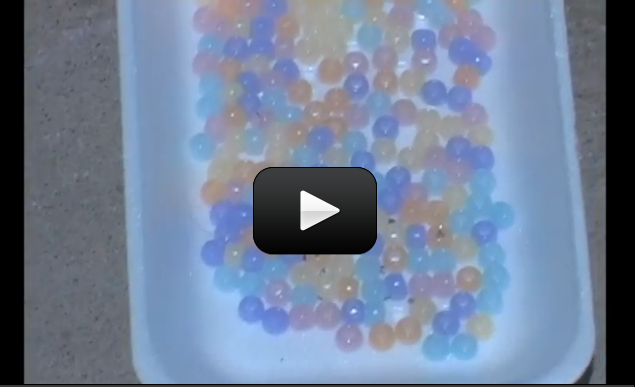UV (ultra-violet) light is invisible, which means you need more than your naked eyeball to do experiments with it. Our sun gives off light in the UV. Too much exposure to the sun and you’ll get a sunburn from the UV rays.
There are many different experiments you can do with UV detecting materials, such as color-changing UV beads and UV nail polish.
Here are a few fun activities you can do with your UV detecting materials:
Please login or register to read the rest of this content.


Check the shopping list for online order links. You’ll want the one for Unit 9. Also notice how the “UV Beads” text is a link in the experiment material list above, and when you click on it, it takes you to a place where you can order it.
where do get UV beads
I would love to get some UV beads to test how effective the expensive sunblock lotion I am using really is.